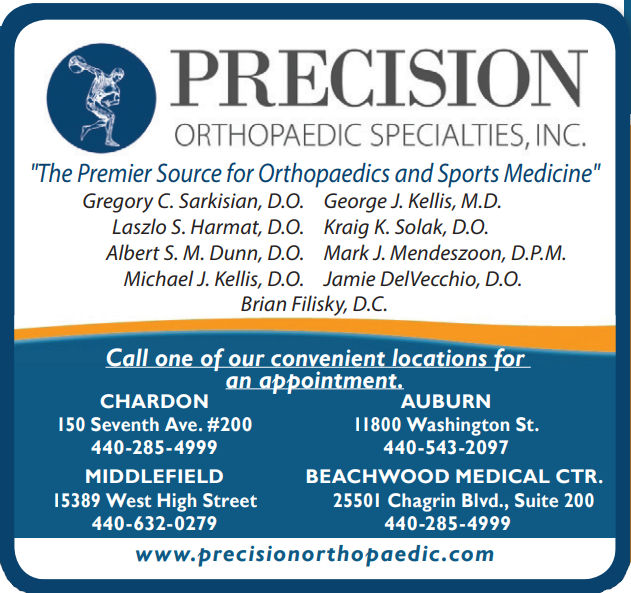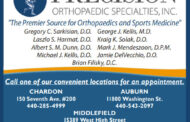PATRICIA’S STORY
The pain in Patricia Armfelt’s knees began years ago and grew progressively worse. Being a physically active person, the discomfort began to affect her daily life, limiting her to only short walks. She was unable to stand for more than 10 minutes at a time and was beginning to trip and fall with regularity. Seeking answers for the cause of her pain, she scheduled with Precision Orthopaedic Specialties to see Dr. Gregory Sarkisian.
“Patricia’s exam and x-rays were typical for someone dealing with the prolonged effects of knee osteoarthritis,” Dr. Sarkisian explained. “She was having pain and difficulty walking, and her x-rays showed progressive osteoarthritis with “bone-on-bone” changes, in which the cartilage padding between the bones in her knees had been completely worn away.” Dr. Sarkisian recommended that Patricia have her knees replaced, and because of her age and otherwise good health, suggested completing the surgery in an outpatient setting.
ADVANCES & SAVINGS
There have been many advances in total knee and total hip replacements over the past few years. Not only have there been improvements in the materials and mechanics of the prostheses, but also in surgical techniques. These procedural and equipment enhancements have now made it possible to complete these surgeries in an outpatient setting at about 1/3 the cost of a traditional inpatient procedure. These savings are attractive to insurance companies and make joint replacement an affordable option for the uninsured.
UP & WALKING WITHIN HOURS
Outpatient joint replacement surgeries are typically less painful, have a decreased risk of infection, and allow for a more progressive physical therapy regimen that begins the day of the procedure.
“We have our patients up and walking within hours of their joint replacement,” says Dr. Sarkisian, who has performed hundreds of outpatient joint procedures.
“Patients love the idea of beginning their recovery in the comfort of their own home surrounded by family and friends.” Patricia would agree, stating, “I was very happy with my procedure and was walking without pain for the first time in many years.”
THE BEST CANDIDATES
The outpatient procedure is not for everyone. The best candidates are those who are relatively healthy, have a positive attitude and are motivated, have a support group of family and friends to help through recovery, and are active movers. Having gone from 2,500 steps per day prior to surgery, to more than 15,000 steps per day, Patricia recommends, “You have to keep moving! Listen to your physical therapist and do not skip your exercises.”
























